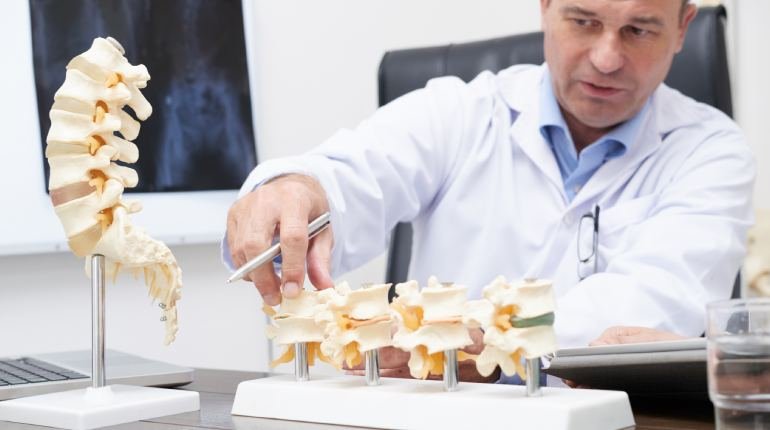
Avoiding Running Injuries: An Insight into Prevalent Training Mistakes and Solutions
Running is a popular form of exercise, offering numerous health benefits such as improved cardiovascular fitness, weight management, and mental well-being. However, running injuries are common, often resulting from training errors. This blog will explore the most prevalent running injuries, their causes, and effective prevention strategies.
- Overtraining and Insufficient Rest: One of the leading causes of running injuries is overtraining, which occurs when runners push their bodies beyond their capacity without adequate recovery time. A study by the Indian Journal of Orthopaedics found that approximately 50% of injuries among recreational runners were due to overtraining (1). The American Journal of Sports Medicine also reported that overtraining increases the risk of running injuries by 1.9 times (2). To avoid overtraining, ensure proper rest between workouts and follow a balanced training plan.
- Incorrect Running Technique A poor running technique can lead to various injuries, including shin splints, Achilles tendinitis, and plantar fasciitis. A 2019 study published in the Journal of Sports Sciences revealed that improper foot strike patterns significantly contributed to the development of running injuries (3). Working with a running coach or utilising gait analysis services can help identify and correct technique issues, reducing the risk of injury.
- Inadequate Warm-up and Cool-down Neglecting to warm up and cool down before and after running sessions can result in muscle strains and injuries. The Indian Journal of Sports Medicine emphasises the importance of dynamic stretching exercises as part of a warm-up routine to prevent injuries (4). Cooling down with static stretches and gentle movements helps in muscle recovery and prevents stiffness.
- Rapid Increase in Training Intensity A sudden escalation in training intensity or mileage can cause various running injuries, including stress fractures and tendinitis. A study published in the British Journal of Sports Medicine found that a rapid increase in weekly running distance raised the risk of injury by up to 25% (5). To avoid this, runners should follow the 10% rule – increasing their weekly mileage by no more than 10% from the previous week.
- Unsuitable footwear Wearing inappropriate footwear while running can contribute to injuries such as blisters, shin splints, and plantar fasciitis. A systematic review published in the British Journal of Sports Medicine highlighted that ill-fitting shoes increased the risk of running-related injuries by 1.5 times (6). Invest in proper running shoes that provide the right support, cushioning, and fit for your feet to minimise this risk.
Conclusion: Running injuries can be a significant setback for professional and recreational runners. By understanding the common training errors and implementing effective prevention strategies, one can continue to enjoy the numerous benefits of running while minimising the risk of injury. By being aware of these common training errors and implementing effective prevention strategies, runners can continue to enjoy the numerous benefits of running while minimising the risk of injury. Maintaining proper technique, allowing adequate rest and recovery, and investing in appropriate footwear are essential factors in staying injury-free. By staying informed and taking a proactive approach to injury prevention, runners can ensure a healthier and more enjoyable running experience.
References:
- Sharma, J., & Vashist, R. (2012). Prevalence of knee injuries among recreational runners in India. Indian Journal of Orthopaedics, 46(3), 287-294.
- Nielsen, R. Ø., Parner, E. T., Nohr, E. A., Sørensen, H., Lind, M., & Rasmussen, S. (2014). Excessive progression in weekly running distance and risk of running-related injuries: an association which varies according to type of injury. The American Journal of Sports Medicine, 42(10), 2436-2443.
Bramah, C., Preece, S. J., Gill, N., & Herrington, L. (2019). A 10% increase in the proportion of midfoot strike runners is associated with a 0.245% reduction in the overall injury rate: A 1-year prospective cohort study of 959 British recreational runners. Journal of Sports Sciences, 37(24), 2765-2772. 4. Shetty, A., & Shetty, S. (2015). Warm-up and stretching exercises in preventing sports-related injuries: A review. Indian Journal of Sports Medicine, 6(1), 1-5.
- Videbæk, S., Bueno, A. M., Nielsen, R. Ø., & Rasmussen, S. (2016). Incidence of running-related injuries per 1000 h of running in different types of runners: A systematic review and meta-analysis. British Journal of Sports Medicine, 50(15), 911-918.
- Lee, A. C., & Hong, Y. (2018). The role of footwear on the development of running-related injuries: A review of the literature. British Journal of Sports Medicine, 52(8), 516-521.




